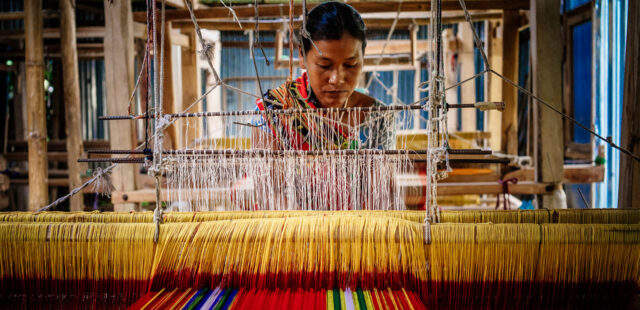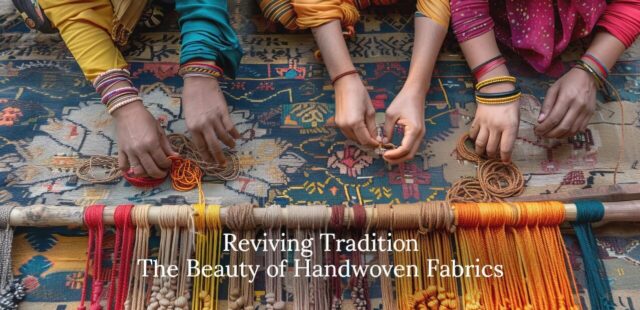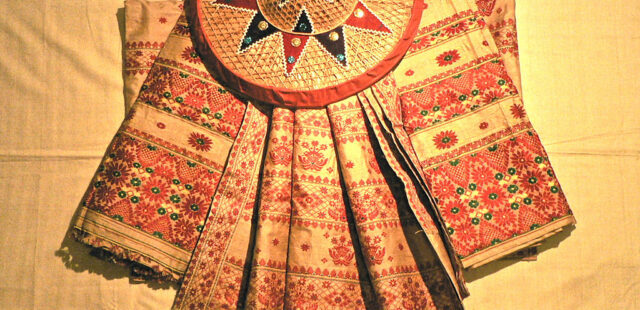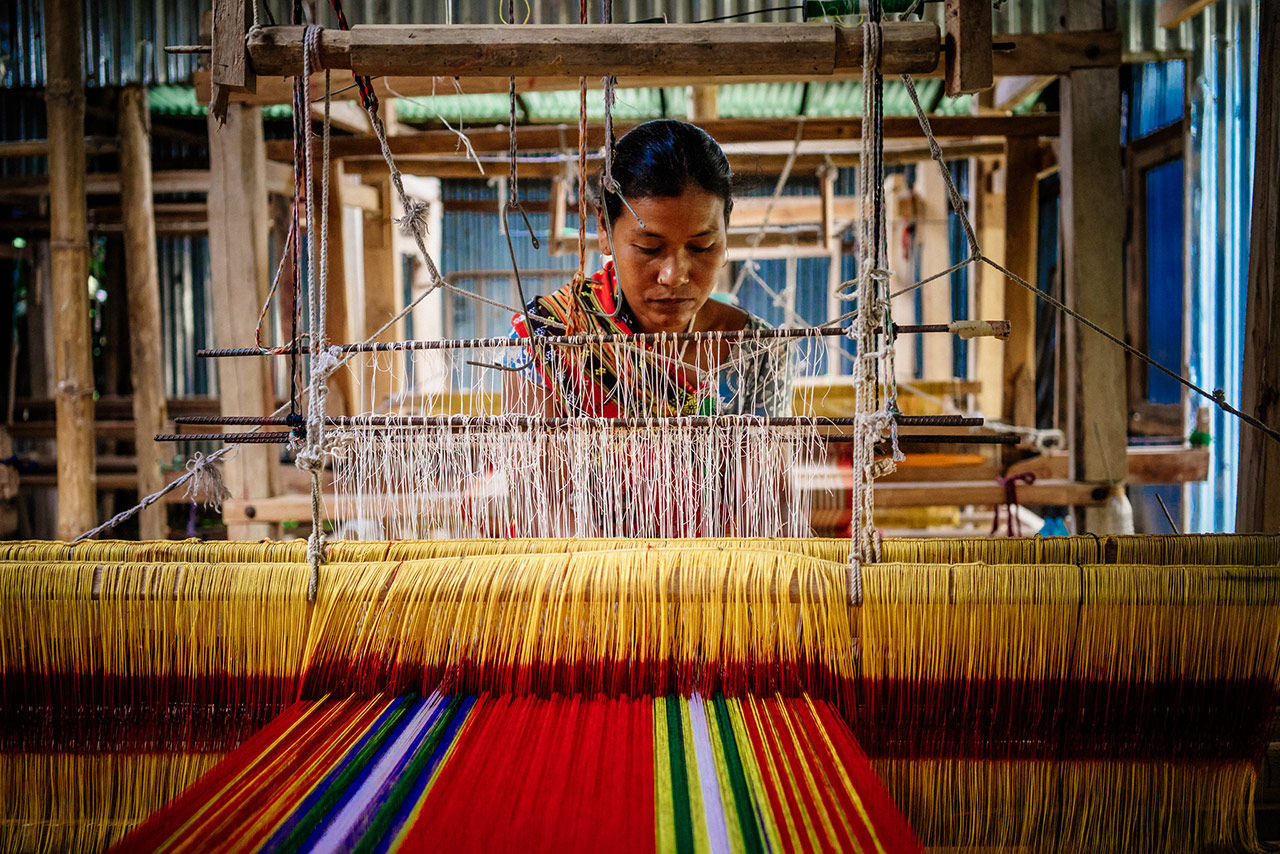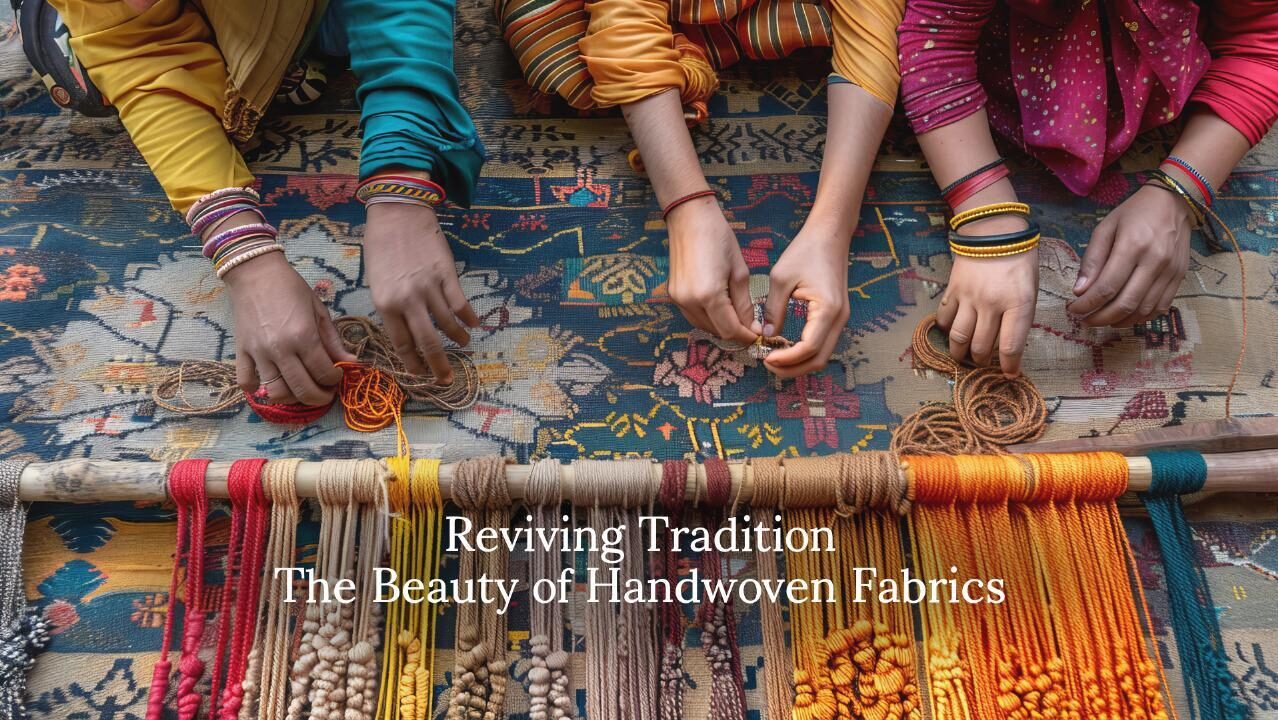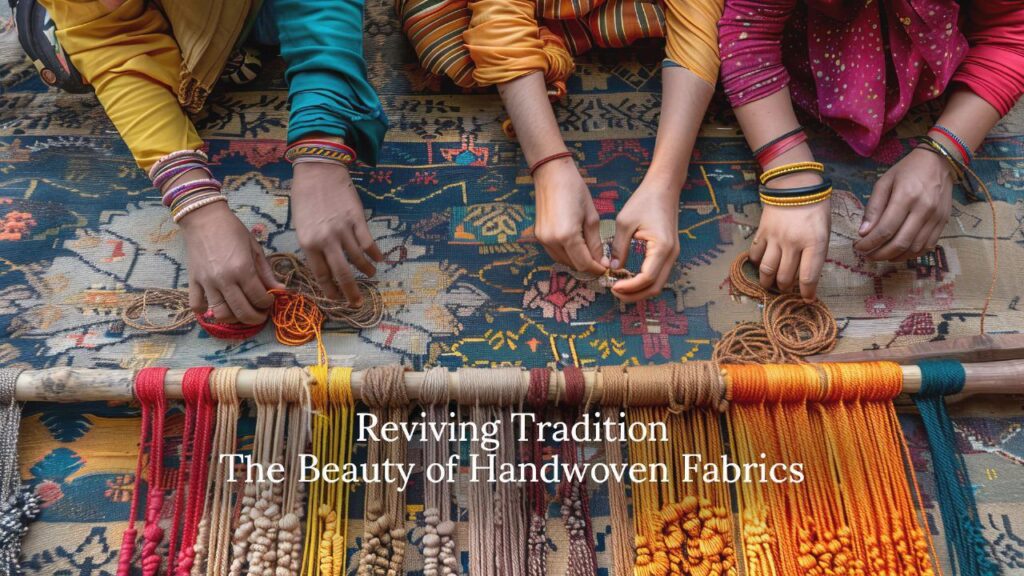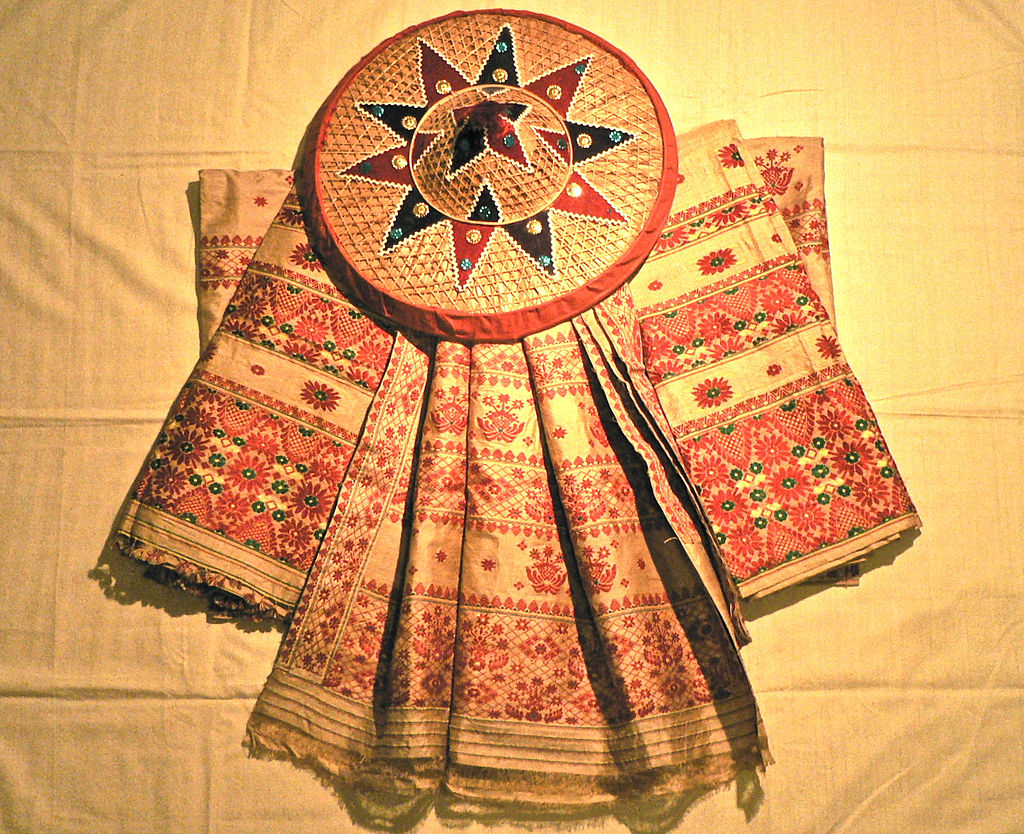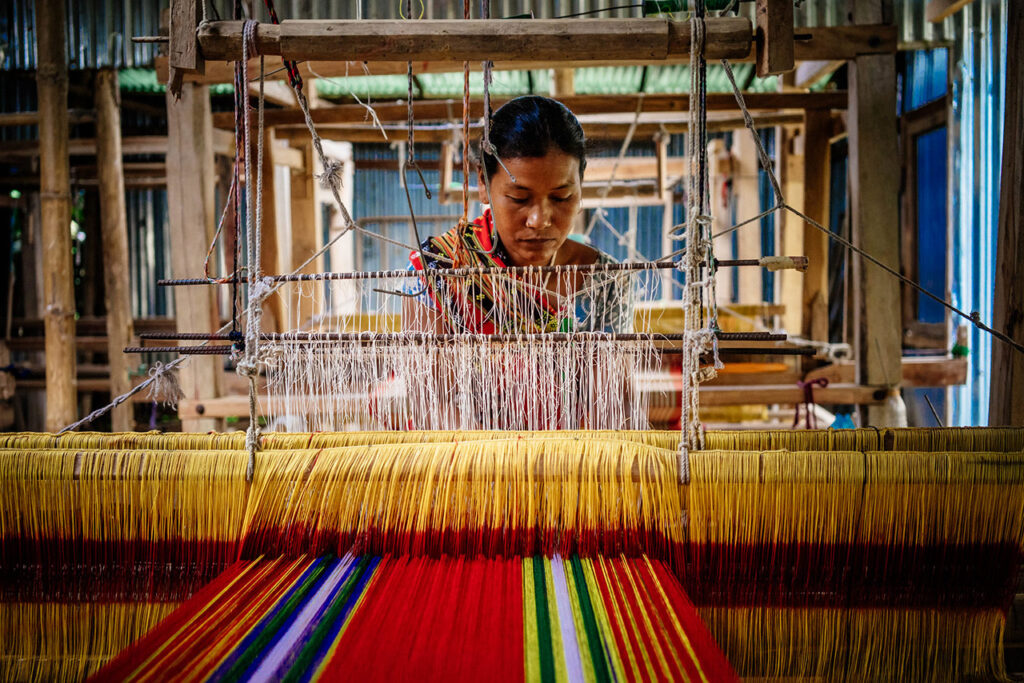
Indian handlooms are renowned worldwide for their unique designs, patterns, and weaving techniques. The artisans across the country have been perfecting their skills for generations, and the result is a diverse range of handloom fabrics that are unmatched in beauty and quality.The different regions of India have their distinct handloom styles that reflect the local culture and traditions.
For instance, the Banarasi silk from Varanasi is famous for its intricate zari work, while Chanderi handloom from Madhya Pradesh is known for its lightweight and sheer texture.
Similarly, Maheshwari handloom from Madhya Pradesh is known for its reversible designs and Paithani handloom from Maharashtra is known for its intricate motifs. Each handloom style has its unique characteristics and tells a story of the region it comes from.
The weavers use various techniques like pit loom, frame loom, and shuttle loom to create these fabrics. The yarn used in handlooms is made from natural fibers like cotton, silk, wool, and jute, making them eco-friendly and sustainable.One of the most remarkable things about Indian handlooms is the diversity of designs and patterns. The weavers use various techniques like Jamdani, Bandhani, and Tie and Dye to create unique designs and motifs.
The Jamdani technique from West Bengal involves weaving intricate designs on the fabric, while Bandhani from Rajasthan involves creating dots on the fabric using a tie and dye technique.Indian handlooms have not only stood the test of time but have also evolved with changing times. Today, many weavers are incorporating modern designs and colors into their handloom fabrics to cater to the changing tastes of consumers.
The Indian government has taken various initiatives to promote and support the handloom industry. The National Handloom Development Corporation (NHDC) provides financial assistance to weavers, while various exhibitions and fairs are organized to showcase the work of the artisans. The government has also implemented policies to protect the rights of weavers and ensure fair wages.

